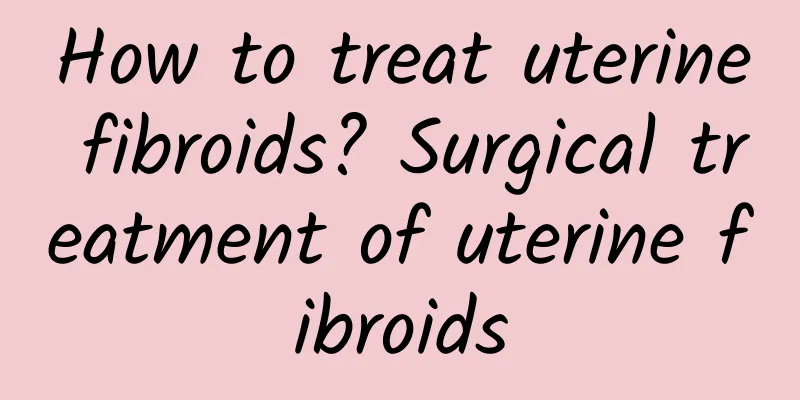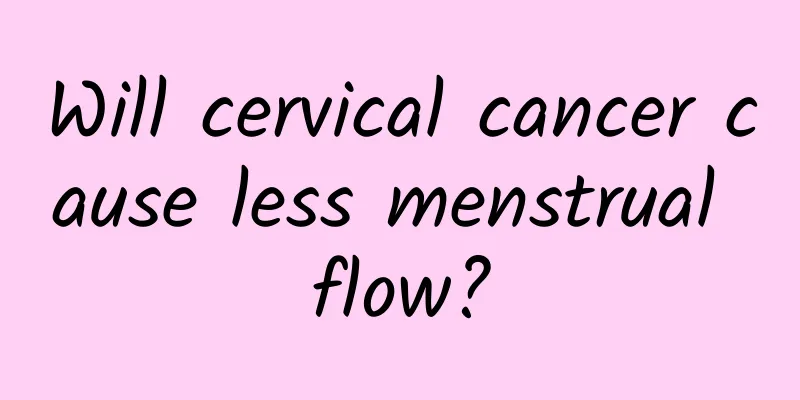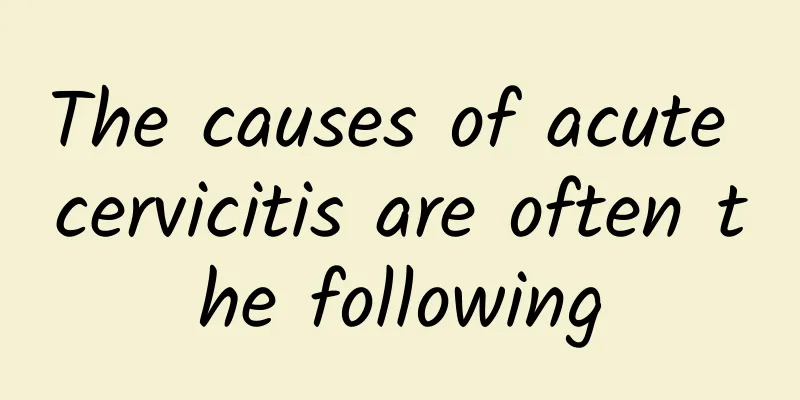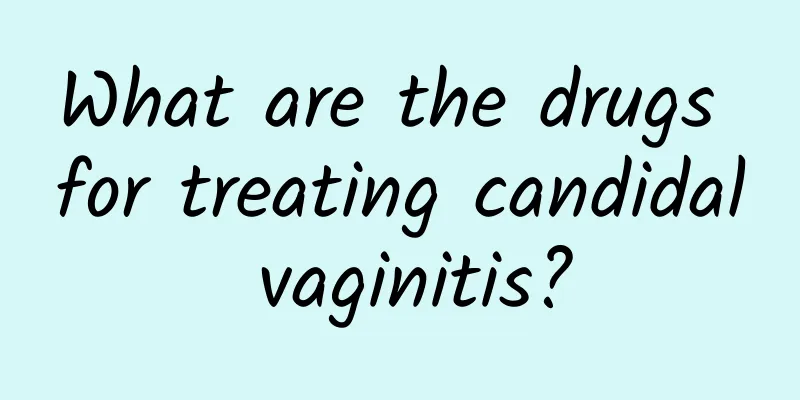How to treat uterine fibroids? Surgical treatment of uterine fibroids

|
Uterine fibroids are common benign tumors of the female genitals. It can cause anemia, infertility, uterine bleeding, miscarriage, etc., so the harm of uterine fibroids cannot be ignored. So how to treat uterine fibroids? The size of fibroids varies greatly, from the smallest microscopic fibroids to full-term pregnancy; the symptoms also change, and due to childbirth, the growth site of the tumor is different, so there are many treatment methods. Generally speaking, expected treatment, drug treatment and surgical treatment. 1. Expectant treatment Expectant treatment has its unique advantages and is increasingly accepted. Expectant treatment is mainly suitable for women with a uterus <12 weeks of gestational size and no symptoms, especially those near menopause. They should be reviewed every 3-6 months, paying attention to uterine enlargement and, if necessary, ultrasound reexamination when symptoms occur. Otherwise, surgery can be used at any time. Literature reports that as long as there is sufficiently high-resolution ultrasound or ultrasound MRI, even fibroids with a follow-up of >12 weeks of gestational size can be treated expectantly. 2. Drug treatment Drug therapy is an important measure for the treatment of fibroids. Drug therapy can be considered: 1. Uterine fibroids are smaller than 2-2.5 months of gestational uterus, with mild symptoms and close to menopausal age; 2. Large fibroids need to maintain reproductive function, avoid too large uterus and too many incisions; 3. Myomas with excessive menstruation and anemia can be considered for surgery, but patients are unwilling to undergo surgery, 45-50 years old; 4. Larger fibroids are prepared for negative or laparoscopic, hysteroscopic surgical resection; 5. Correct anemia before surgery to avoid intraoperative blood transfusion and complications; 6. Myoma combined with infertility to shrink the fibroids and create conditions for pregnancy; 7. There are medical complications and surgery cannot be performed. Contraindications are: 1. Myomas grow rapidly and malignant changes cannot be ruled out; 2. Myomas are degenerated and malignant changes cannot be ruled out; 3. Submucosal fibroids have obvious symptoms and affect pregnancy; 4. When subserosal fibroids are twisted; 5. Myomas cause obvious compression symptoms, or myomas are incarcerated in the pelvis and cannot be repositioned. 3. Surgical treatment Surgery is still the main treatment for fibroids, which generally includes abdominal hysterectomy, cervical myomectomy, broad ligament myomectomy, hysteroscopic surgery, vaginal hysterectomy, etc. |
>>: How to treat uterine fibroids better? Common treatment methods for uterine fibroids
Recommend
Want to lose weight successfully and healthily? Your body tells you these 5 things you must remember
When you are constantly critical of your body sha...
30% of herbal tea samples tested in Nantou found excessive pesticide residues
Modern people lead a fast-paced and stressful lif...
What is submucosal uterine fibroid type 2? How to treat submucosal uterine fibroid better?
What are submucosal uterine fibroids type 2 and h...
Do some muscle exercises before running! Better fat burning effect
Running is one of the most effective exercises fo...
Let’s discuss what are the health care measures for cervical hypertrophy?
In order to cure the disease of cervical hypertro...
What are the dangers of female pelvic peritonitis
The harm caused by pelvic peritonitis. Pelvic per...
Knowledge about immunotherapy for recurrent miscarriage
You may not be very familiar with the method of i...
Four ways to help you get rid of cervicitis
Cervicitis is a common gynecological disease. It ...
Can drinking brown sugar water cure dysmenorrhea? It has a warming effect on the abdomen
A large number of women suffer from dysmenorrhea,...
Are suppositories useful for women with cervical erosion? A guide to the treatment of cervical erosion in women
Cervical erosion is a common gynecological diseas...
Dietary taboos for chronic cervicitis
Chronic cervicitis is a disease that has a seriou...
Shake the butterfly sleeves! Quickly learn 3 "arm slimming exercises"
You don’t have to worry about your flabby arms be...
What are the symptoms of tuberculous cervicitis? Analysis of the causes and symptoms of tuberculous cervicitis
Cervicitis is a common gynecological inflammation...
Regular pre-abortion check-ups are especially important for women
Female abortion is a common surgery, and many wom...
Some early symptoms of ectopic pregnancy
There are many symptoms of ectopic pregnancy. Onl...









